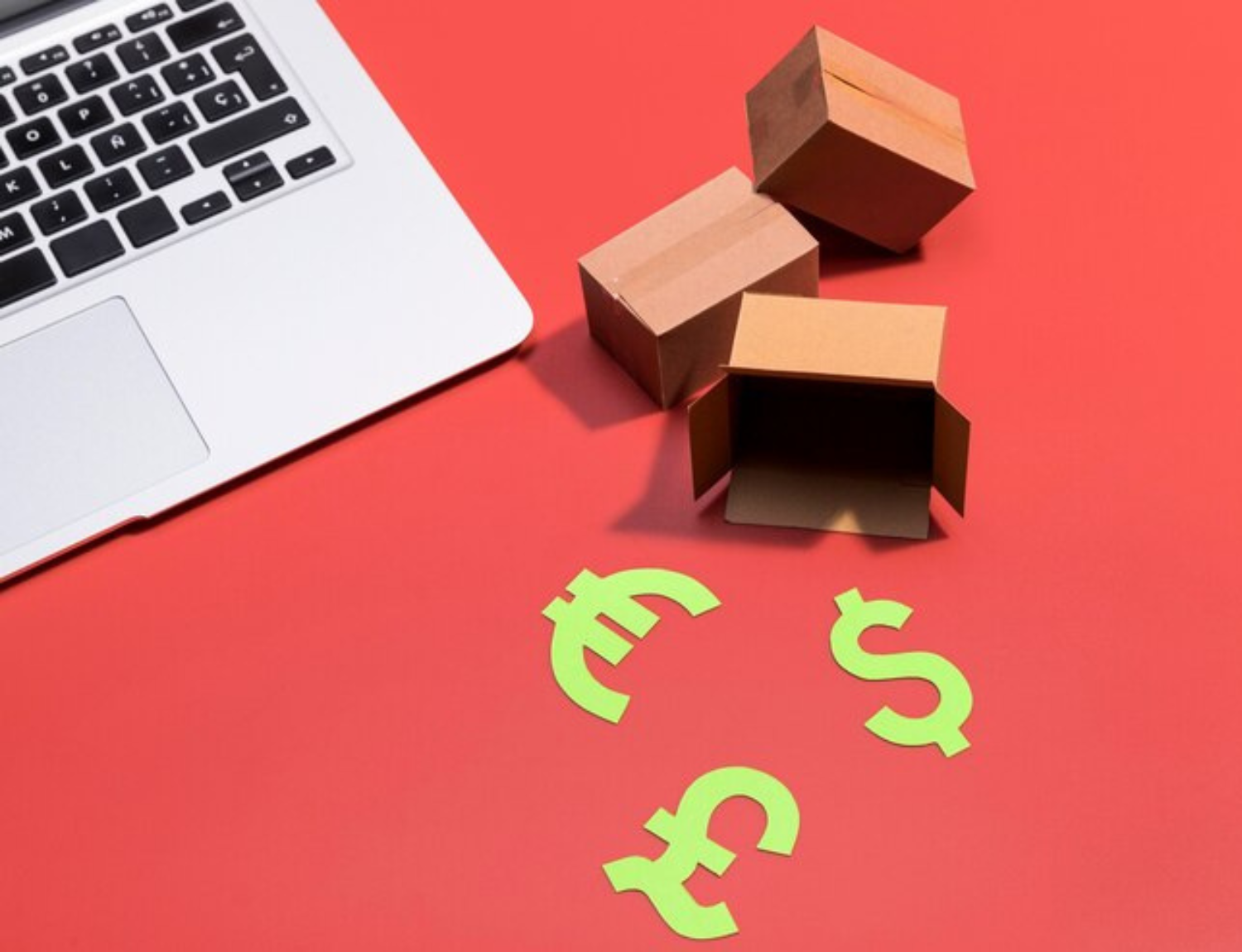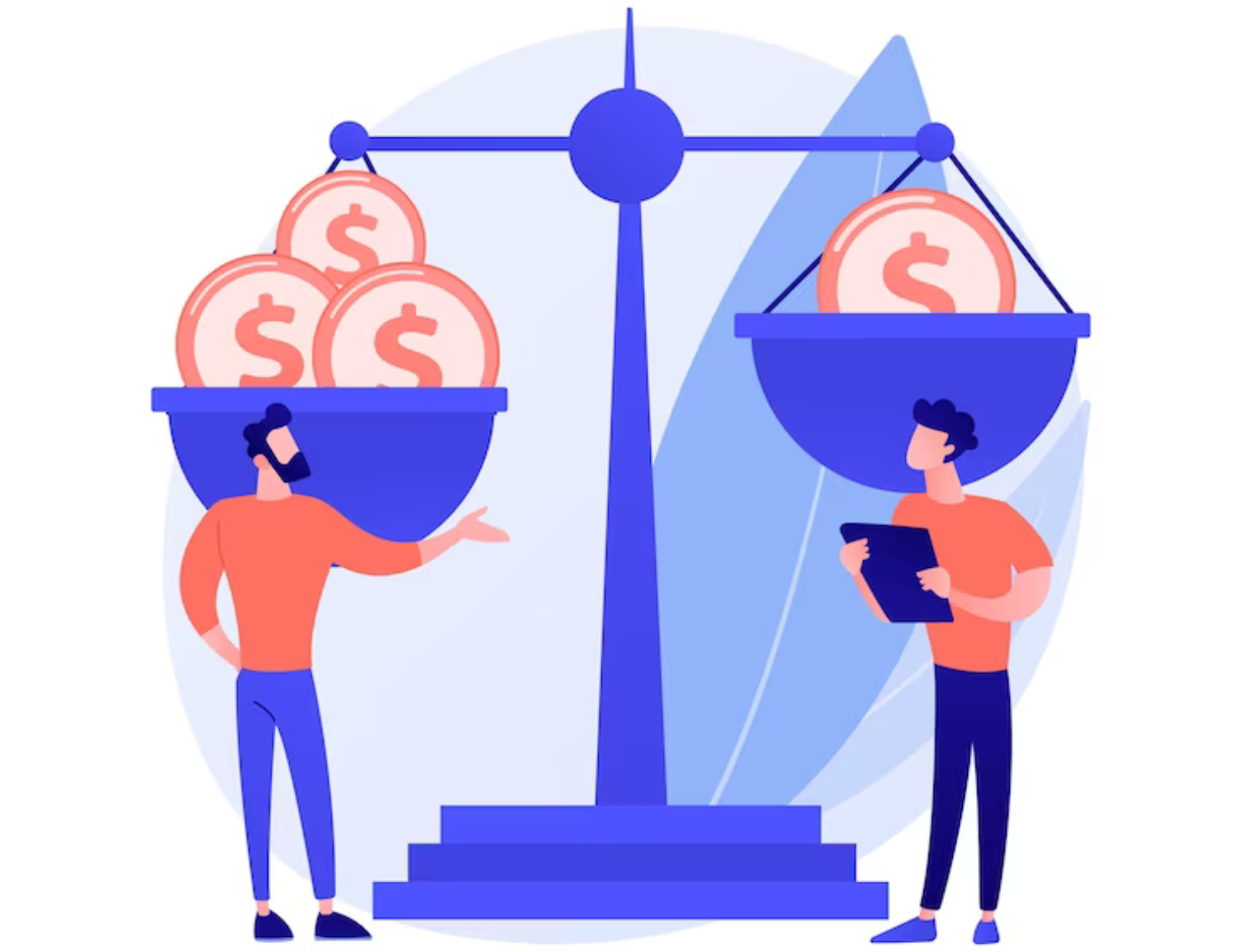These days, several e-commerce websites have started running amazing discounts 24*7. Shopping has stopped to be a joyful activity. Rather, it has been exchanged by a year-long affair. With the continuous notification tempting the online customers to purchase at a competitive price, the buying behaviour has become more impulsive. At that point, you might feel that you might have saved a lot by opting the lucrative deal. However, you might end up purchasing the things or items that are not even needed in the first place.

In the recent past, one scheme that gained popularity in the white goods sectors is zero cost EMI or no-cost EMI scheme. No matter whether it is a home improvement accessory, the latest gadget or an electronic appliance, you need not wait to fulfil the wish list. No-cost EMI scheme is the popular option that allows purchasing the items that are unaffordable to you otherwise.
No-Cost EMI Scheme
Out of the popular online retail stores, Flipkart is the first one that introduced a no-cost EMI scheme. Later, other e-commerce sites such as Amazon also joined Flipkart for this scheme. Basically, this financial scheme provided by the retailers as well as merchants where you pay the price of the product in EMIs spread over the repayment timeline. This scheme allows the potential buyers to buy the high-value products online via EMIs by reducing the burden of paying a big amount upfront.
When you hear about no-cost EMI, the first thing that comes to mind is no interest payment. You might feel like it is a loan with no interest. However, there is no such thing. In 2013, Reserve Bank of India (RBI) released a circular that states zero percent interest is an invalid concept. It means no bank can offer an interest-free loan.
Difference Between Regular EMI and Zero-Cost EMI Scheme
When you purchase any product or item through regular EMI, the amount consists of the processing fee and interest component. Whereas when you buy a product on zero-cost EMI option, you tend to convert the cost of the product in interest-free EMIs. In simple words, regular EMI is the sum of the amount of product and interest and zero-cost EMI is only the amount of product.
Advantages of No-Cost EMI Scheme
Top e-commerce sites like Flipkart, Amazon, etc. provide this finance scheme. No matter whether you use a debit card or credit card or in which bank you have an account, you can opt for this scheme. In this scheme, there is no need for the down payment, additional costs or interest charges. The best thing is that this facility works in exchange offers also. Moreover, it is best suited when you need to do bulk shopping as it keeps the budget intact.
Working of Credit Card for No-Cost EMI
The no-cost EMI scheme involves three stakeholders i.e., merchant, bank and the customer/ buyer. Assume that you choose to buy LED TV using your credit card under a no-cost EMI scheme. The cost of the TV would be deducted from the credit card limit. And, with each EMI you pay, the credit limit would be restored.
For instance, you have a credit card with a limit of Rs. 1 Lakh and use it for purchasing a product of Rs.60,000. After purchasing, the credit limit would reduce instantly to Rs.40,000. In case you opt for 6-month EMI of Rs. 10,000 and make the payment each month, the credit limit increases. Therefore, after the payment of 6 months, the limit of your credit card of Rs. 1 lakh would be restored.
How No-Cost EMI Works?
The financial scheme operates in two ways. One way is to forego the discount as well as payment amount to the financial institution or bank for covering interest cost. And, another way is adding the amount of interest to the product’s price. Here is a detail of the scheme
-
Discount Equals the Interest
The common way by which the merchants provide the ‘No-Cost EMI’ is by giving the discounts equivalent to the interest amount. For instance, you wish to buy a smartphone of Rs. 20,000. In a 3-month EMI plan with an interest rate of 15%, you would need to pay Rs. 3,000 as interest. However, when you opt for zero cost EMI, you are exempted from the discount and pay the actual price of the phone in EMIs.
However, in case you make an upfront payment, the phone would cost you Rs. 17,000. You would get the phone at a discounted price of Rs. 17,000. In case you choose No-Cost EMI, you would end up paying Rs. 20,000. You would not get the discount of Rs. 3,000 as that goes for the interest. The total money you pay for the phone would split into the amount paid to merchants and interest to the financer.
-
Interest Added to Product’s Cost
Another way is by adding the amount of the interest to the cost of the product. For instance, the cost of the refrigerator is 30,000. The merchant lures the customer to buy the product for 34,500 under no-cost EMI scheme. However, the interest of Rs. 4,500 is added to the price of the refrigerator in advance and that you would pay in instalment. Therefore, in case you opt for a 3-months EMI scheme, you would need to pay Rs.11,500 per month. Sometimes the Rs. 4,500 might be recovered under the name of processing fee.
When to Opt No-Cost EMI Option?
In case you wish to buy a popular or expensive product that is beyond your budget, no-cost EMI plan is an ideal choice. Choosing this scheme is the right choice in case you are getting a great deal or do not have enough cash to make an upfront payment. Along with these, if you wish to build a credit score and history, opting this scheme can help you a lot.

Before you opt for No Cost EMI option using Bajaj Finserv card, it is advised to be careful about the processing fees as well as the down payment. Ensure you read the terms and conditions thoroughly as this might help you know the hidden charges if any.